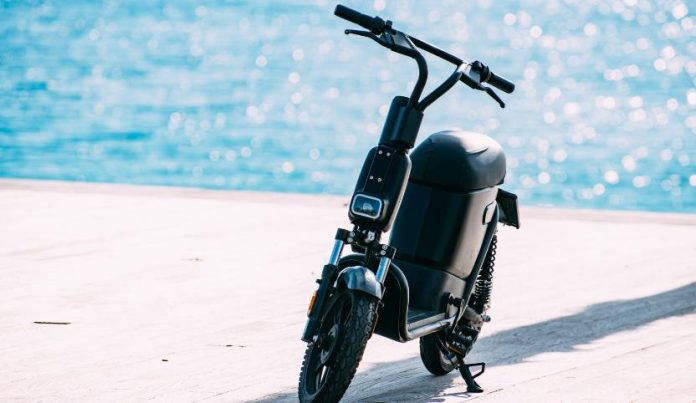Table of Contents
Installing an electric drive system onto a bike can make riding much simpler for those who tire easily, especially those who tire quickly themselves out. Understanding terms like wattage, voltage and amp-hours will enable you to choose the most appropriate e-bike for you.
E-bikes require some pedal power from their rider, but their motor provides extra assistance that makes tackling hills or long rides much more pleasurable. You can try out SUV e-bike.
What is an Electric Bike?
An e-bike’s motor converts electrical energy to mechanical power that turns its wheels, making uphill riding much simpler and adding to speed. E-bikes use three locations for their motor: front hub, rear hub or the center frame – with front hub motors becoming less popular as rear hub motors offer greater control and integrate better with gearing systems on today’s models.
Most e-bikes use sensors to monitor pedalling and motor power, regulating their motor to only assist pedalling while disabling it when brakes are activated. Other models operate on power-on-demand with throttle controls mounted onto handlebars similar to motorcycles or scooters – these S-Pedelecs may reach 28mph before their motor stops assisting, making them legally classifiable as mopeds or motorbikes.
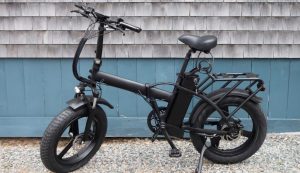
An e-bike battery can usually be found either in its frame or down tube and connected via wires to its motor. They come equipped with various capacities measured in amp-hours to give riders an indication of their range; typically five to six hours for most rechargeable e-bike batteries to fully charge from an onboard plug-in cable or while you brake; some manufacturers offer features allowing regenerative braking to recharge while braking as an added feature. Check out e-bikes for sale to buy cheaper; that can be very useful for a food or grocery delivery person who doesn’t want to spend money on a vehicle.
Everything You Need to Know About Electric Bike Drive Systems
The Motor
An e-bike motor is essential to creating an enjoyable riding experience. It senses when you are pedalling and provides a small boost that allows for faster travel times and distance covered. Some bikes even provide several levels of assistance so that you can adjust how much power is provided by your motor.
E-bike motors come in all sorts of shapes and sizes, though you’re most likely to see them integrated into either the front or rear hubs. Hub-based motors are particularly common and typically look just like regular bicycles; additionally, these durable units work with most styles of bikes.
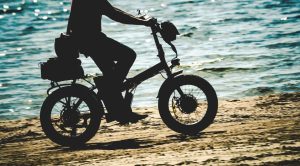
Mid-drive motors that are installed inside the cranks of the bicycle offer superior durability and power compared to hub motors, often boasting internal gears requiring no maintenance at all – however, they tend to be more costly than their hub counterparts.
Modern e-bikes use brushless motors that convert electrical energy to mechanical energy using electromagnets and magnets. If you were to open up an e-bike motor, you would see its structure is similar to that of your home’s electrical system.
All e-bike motors work similarly by helping you ride faster than you could otherwise on your own. When not pedalling, the motor will shut off to preserve battery life; once pedalling resumes, the amount of power offered depends on how hard you pedal; some e-bikes feature throttle buttons to control how much power the motor provides and choose when it starts up again; others even feature regenerative braking to slow the bike before needing brakes are necessary.
The Battery
When researching electric bike specifications, you will encounter various technical terms like Voltage, Amp-hours and watts hours that you should understand to make informed decisions regarding power options on your new e-bike.
Your battery is at the core of any e-bike, and its quality can make all the difference to its range and how far you can travel before needing a recharge. A high-quality battery should last years with proper care.
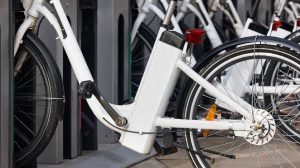
Batteries are composed of multiple cells arranged in series connections, much like the batteries we all use daily in our daily lives (AA or AAA batteries). Each cell’s chemistry determines how it performs; capacity ratings are expressed in Amp-hours (Ah) or Watt hours (Wh), with higher Amp hours ratings providing a longer range. For optimal performance, high-quality batteries also include a Battery Management System (BMS). This small piece monitors individual cell connections to detect when charging or discharging is occurring unevenly across connections so voltage balance can be maintained to avoid overcharging or undercharging, which could damage batteries over time.
Lithium-ion batteries are the most popular choice of e-bike batteries and are designed to fit comfortably within their frame. Lead-acid batteries may also be less common but have much lower performance and weight; to prolong battery life, try keeping them away from direct sunlight or leaving them inside the trunk of a car when possible.
The Controller
The controller on an e-bike is responsible for managing the power delivered to its motor. It receives inputs from various electric components like throttle, speed sensor and display and then decides how much and where power should be sent to each component in turn – such as where and how much should go towards motor power consumption, whether to pause or shut off operations of the motor; overvoltage protection overcurrent protection, as well as brake protection, are just some of the functions it offers as part of its safety features.
An effective e-bike controller should be capable of matching up the power output between motor and battery, pedal-assist use and brake detection to keep both running efficiently. Furthermore, an effective controller will sense when its rider brakes so as to stop its motor running and drain its battery completely.
There are various e-bike controllers on the market and it is important to conduct extensive research before purchasing one. Reviews and ratings from other riders can provide helpful insights, or ask friends who own or work in bike repair businesses about specific controllers if they have experience with them.
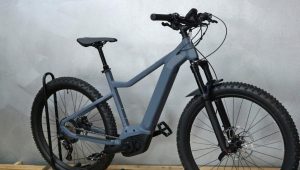
Brushed DC controllers use permanent magnets and have a straightforward design with only a few keys, unlike their more advanced and flexible BLDC counterparts, which boast more complex functionality and more options for users. Brushed controllers may not be as popular among beginners but still work effectively; beginner users find brushed controllers simple and straightforward; moreover, they are much less costly compared to their more complex and feature-packed BLDC counterparts!
Brushed controllers make an excellent introduction to electric power tools while being much easier and cheaper for novice users just starting out than their more advanced counterparts, which have many functions available! Brushed controllers make great first steps into electric control, making their use accessible for beginners as they use permanent magnets; perfect for novice users starting out or more experienced alike!
The Display
Although the motor is of paramount importance to an electric bicycle, its display also serves a critical function: showing riders all riding data during each ride and helping them evaluate its effectiveness.
Displays typically sit atop handlebars and feature a remote for controlling different pedal assist levels or activating boost for short bursts of additional power assistance. Furthermore, shutdown mode offers users the chance to challenge themselves without motor assistance.
Displays serve many important functions, but one particularly helpful one is power metering. This feature shows your real-time wattage usage so that you can monitor battery health and make necessary adjustments. Furthermore, they keep tabs on speed, distance, odometer usage, USB charging statuses etc.
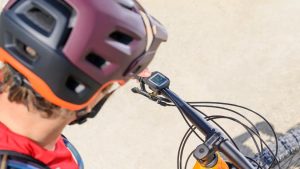
Some e-bikes feature more advanced features, like walk mode that reduces motor power delivery while still enabling riders to use their own strength to move. This feature can help riders relax after an exhausting day at work while taking in the scenery with no worries of getting home quickly.
Displays serve as the hub of many of the functions that you can control from your seat, such as riding modes or throttle position changes, making them critical components. As such, its proper functioning should never be neglected or compromised in any way; otherwise, it can impede your biking experience and lead to frustration if certain features cannot be utilized due to broken buttons or controllers; It’s best practice to always ensure your display remains in top condition for an optimal ride experience.


